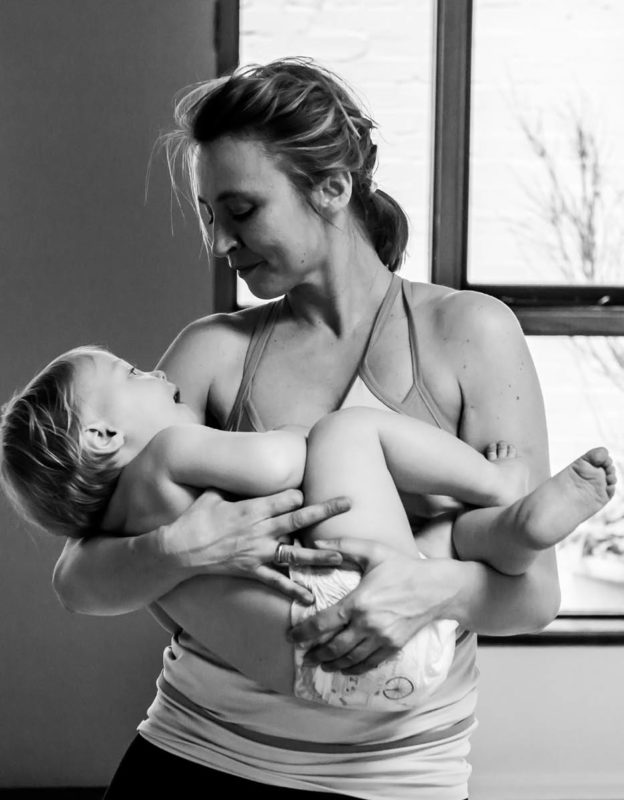Nadia Raafat is a pregnancy yoga instructor, mindfulness coach, qualified doula and a mother of four.
We caught up with her to talk yoga poses for pregnancy, birth stories and the power of empowerment.
1) Tell us a little about your background – How did you get into yoga & mindfulness?
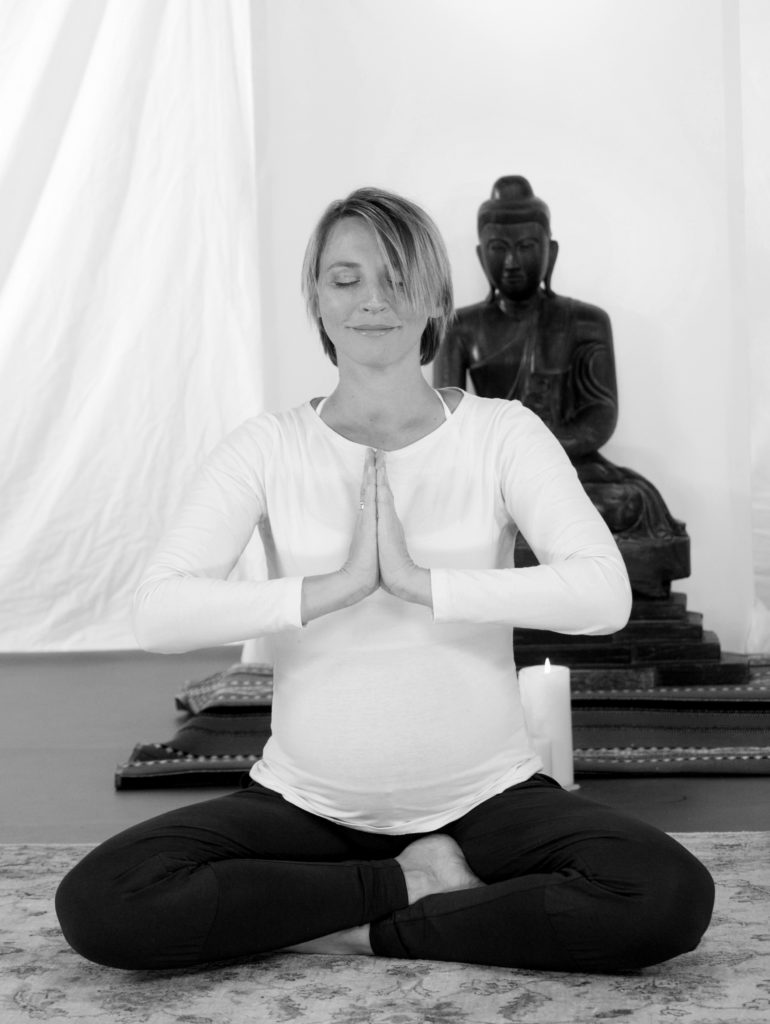
As a former National rhythmic gymnast and dancer, I always used my body to express myself. Movement, balance, creative expression through the body – these were the things that made me feel alive.
I gave up aged 15 and was, physically-speaking, lost in the proverbial desert for some years, but upon discovering yoga aged 29, I felt my body coming home.
2) Why did you decide to specialise in pregnancy?
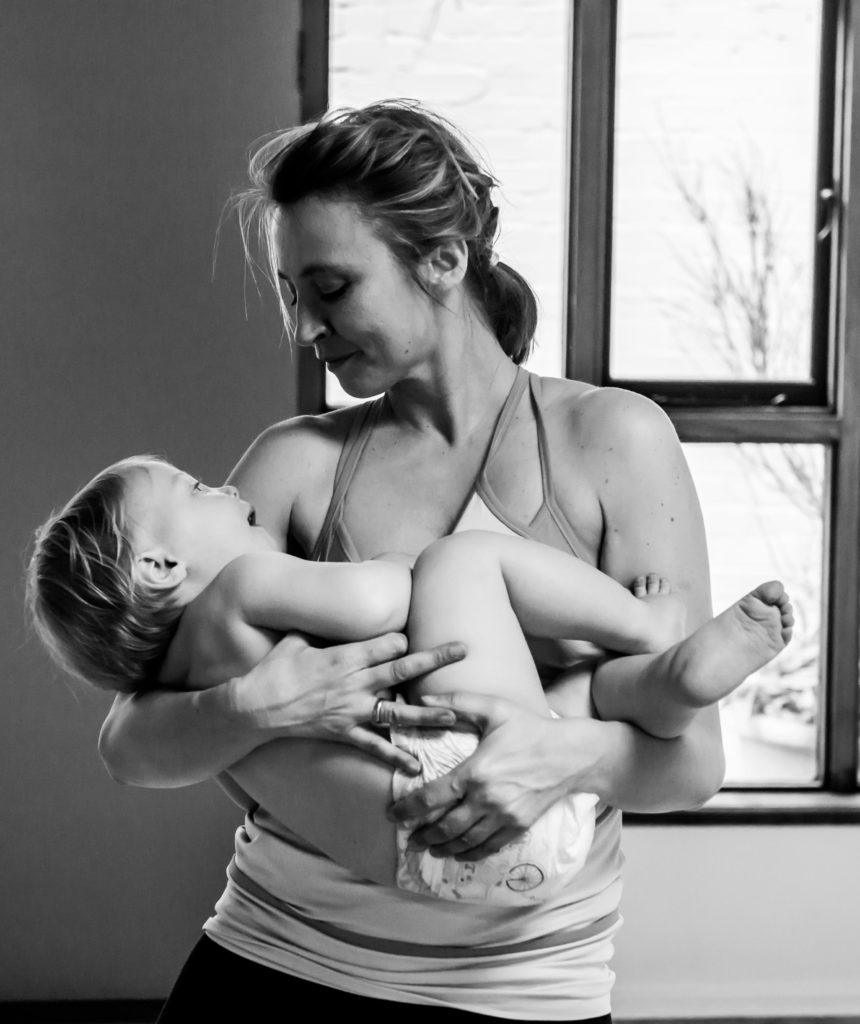
During my first pregnancy, I was too busy working late and navigating the drama of an unplanned pregnancy to take care of myself. I was young and naive and didn’t realise how much inner preparation is required for childbirth. I had a difficult birth experience and an emergency section.
When I debriefed the birth I could see where I had let myself down and where I had been let down by my carers. When I got pregnant again I promised myself I would honour the pregnancy and birth this time.
I found the most inspiring pregnancy yoga teacher, learned hypnobirthing, hired an independent midwife and decided to have a home-birth.
I went from being a frightened and disempowered pregnant woman to an embodied birthing goddess. It was such a healing experience and a call to action for me. I trained immediately afterwards and started teaching pregnancy yoga when my son was 9 months old. That was 14 years ago.
3) Can you tell us more about your role as a Doula?
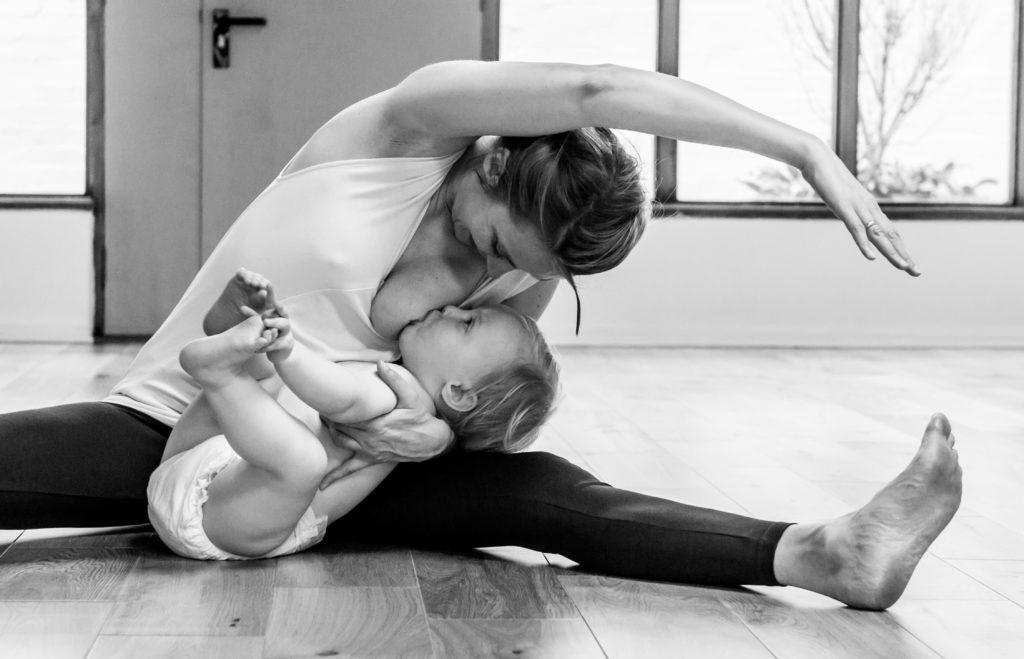
During that first childbirth experience, I had felt really unsupported. I felt frightened and overwhelmed. I knew that this was not how a young first-time mother should labour.
When I heard about birth doulas, I recognised immediately their importance in supporting women through pregnancy, birth the transition to early motherhood. I trained with some of the original doulas and the great Michelle Odent – a pioneering obstetrician who went on to become the first male doula and is credited with bringing water births to maternity units both in the UK and France.
4) Have your own pregnancies impacted the way you support other women through theirs?
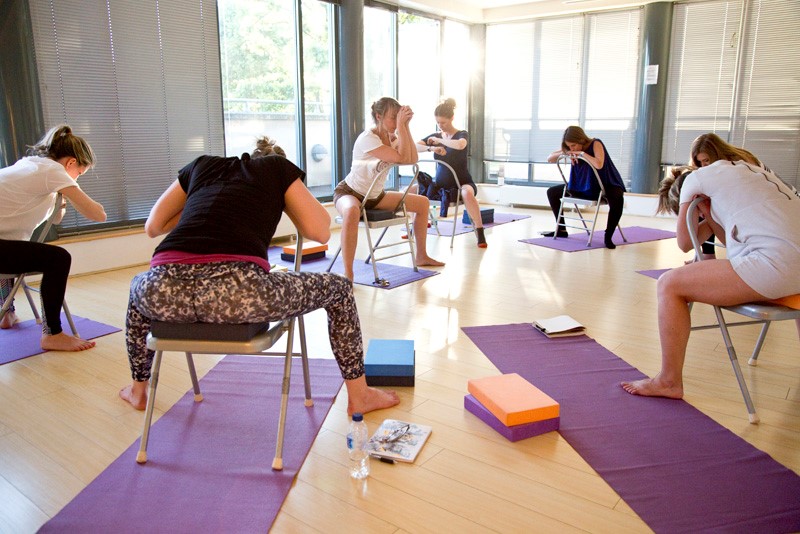
Every pregnancy is different and each one of mine has thrown up complications that have positioned me outside of the normal care pathway. This taught me how important it is for each mother to navigate her own unique position as she moves through the maternity system and not to relegate herself to little more than a statistic.
A key part of my birth preparation programme is empowering women to learn about the system, the NICE guidelines, and how to access the latest research and to make decisions from an empowered and informed place.
5) What makes yoga & mindfulness so beneficial for new & expectant mums?
Browse Seraphine’s range of stylish maternity activewear online
Yoga is widely regarded as the optimum physical practise for pregnancy; it offers all the strengthening, support and flexibility a pregnant body requires without any undue strain or pressure.
It also teaches self-awareness and is perfect as a birth preparation programme, as it shows you how to use your body during labour to relax through movement, make space for the baby, and use the breath to enter and surrender to the experience.
Mindfulness is the new hot ticket in Childbirth Education and the ultimate accompaniment to pregnancy yoga. It helps to cultivate a grounded and steady mind that is less affected by negative conditioning and unhelpful thought patterns…whatever they are; from anxiety to low self-esteem; from fear of labour to simply managing overwhelm – a very common experience for new mothers.
6) Which yoga poses are best for pregnancy?
Shop the Seraphine Active Kit online now
Cat-Cow for spinal flexibility, Pelvic Tilts or Rolls to energise and mobilise the pelvis and lower back, Dog pose, to stretch and straighten the spine, Childs pose (legs wide) to open up the lower body and let your breath expand and release your lower back, Supported Squat (heels on blocks) to open up the lower pelvis and stretch the pelvic floor, Dynamic Low Lunge (supported where necessary) to open up the hips, and hip-flexors, stretch the hamstrings… it’s also a great preparation position for childbirth and Wide Angle Standing Forward Bend (supported in the third trimester); this is an inversion which can help release and lengthen the spine, calm the mind and stretch the pelvic floor and hamstrings.
The essential aspect is that breath awareness and body awareness is brought to all of the poses that you do.
7) Do you have any top mindfulness tips to share with expectant mums?
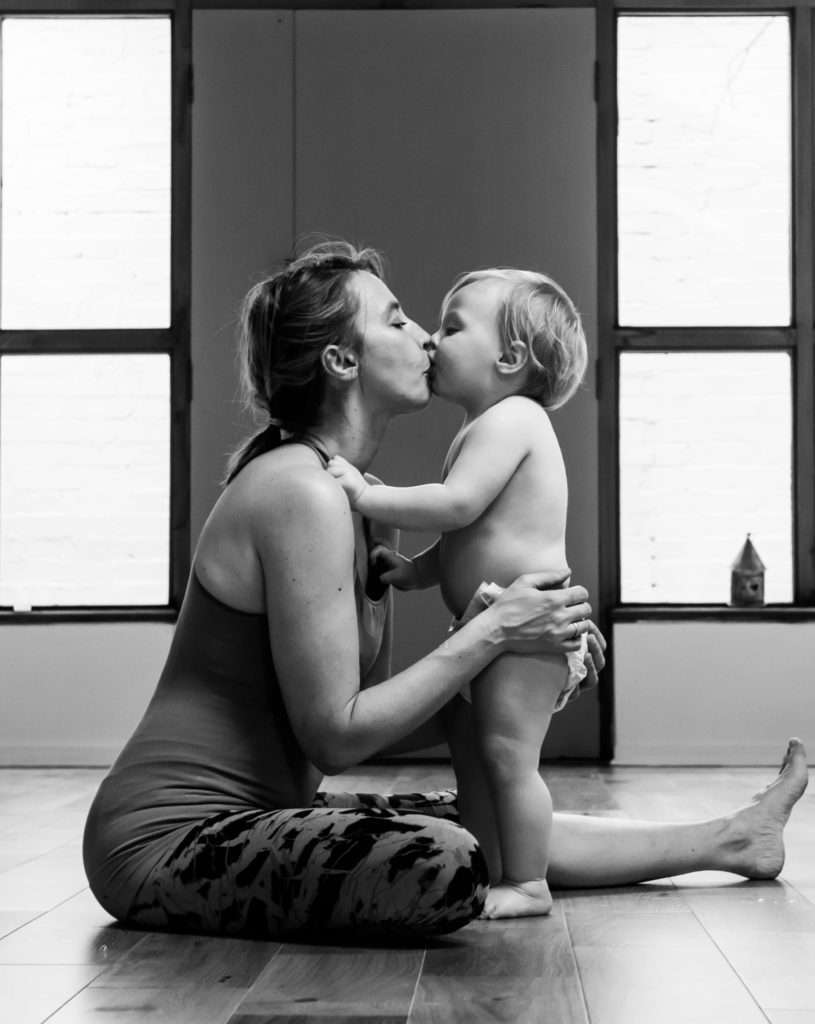
Yes. Each morning before you get out of bed, sit comfortably, close your eyes and take 10 breaths, counting each one on both the inhale and exhale. Do the same just before you go to bed at night. In time, progress to 20 breaths.
Learning to anchor the mind on the breath and on being with what is (without resistance) is the most important skill for labour and childbirth and, looking forward, motherhood and Life!
Mindfulness is for Life not just for childbirth! 🙂
Nadia’s popular Becoming Mother – online Yoga and Mindfulness for Pregnancy & Birth Course – a five-class home practice programme is available to download straight to your laptop, tablet or phone
Her Yoga and Mindfulness for Pregnancy & Birth DVD is available through Amazon.
Nadia Raafat Teaches a 12 week Yoga & Mindfulness for Pregnancy & Birth Course with weekly classes running in both Battersea and Kingston. You can find out more online at Nadiaraafat.com


